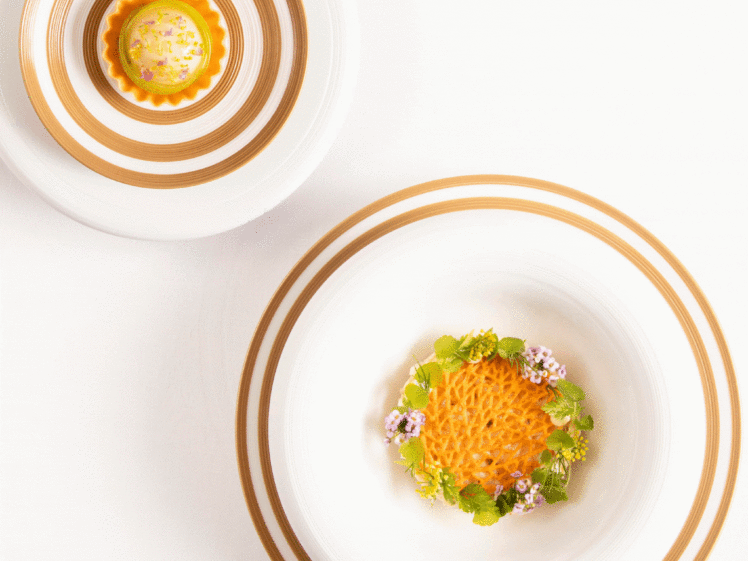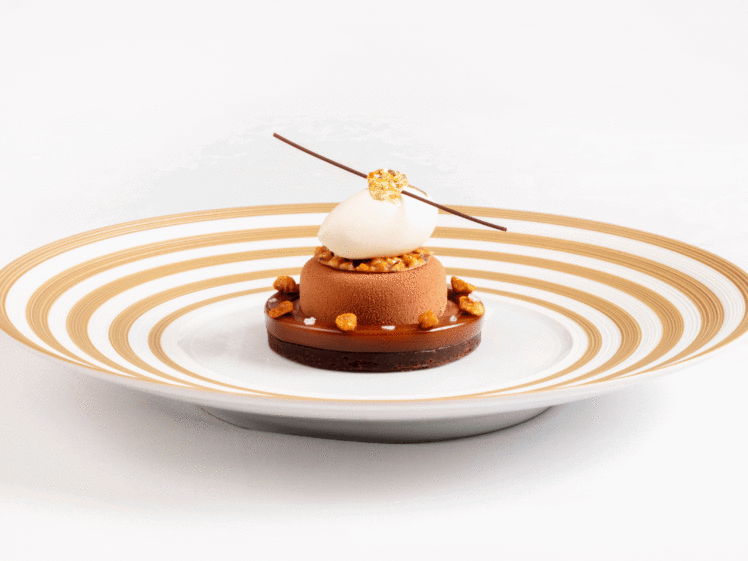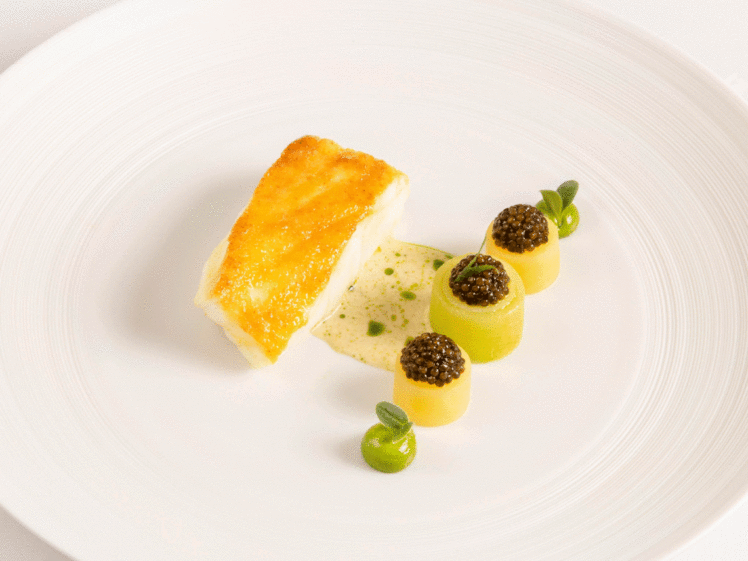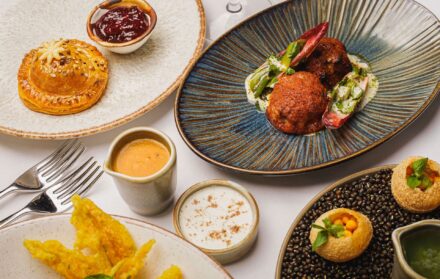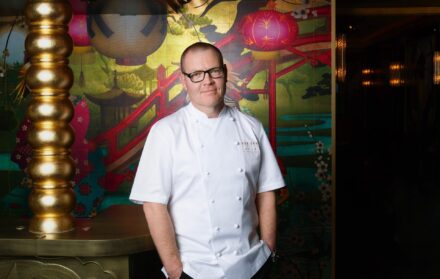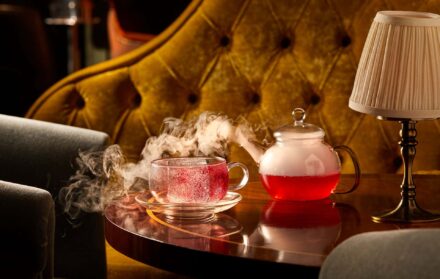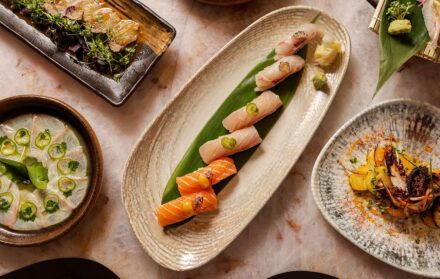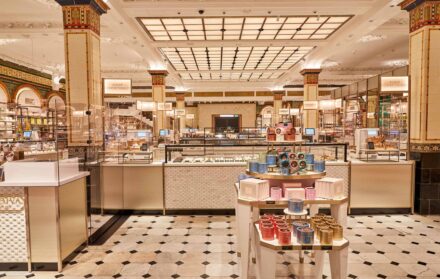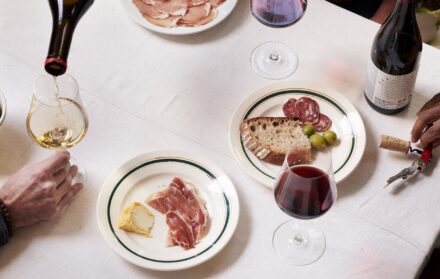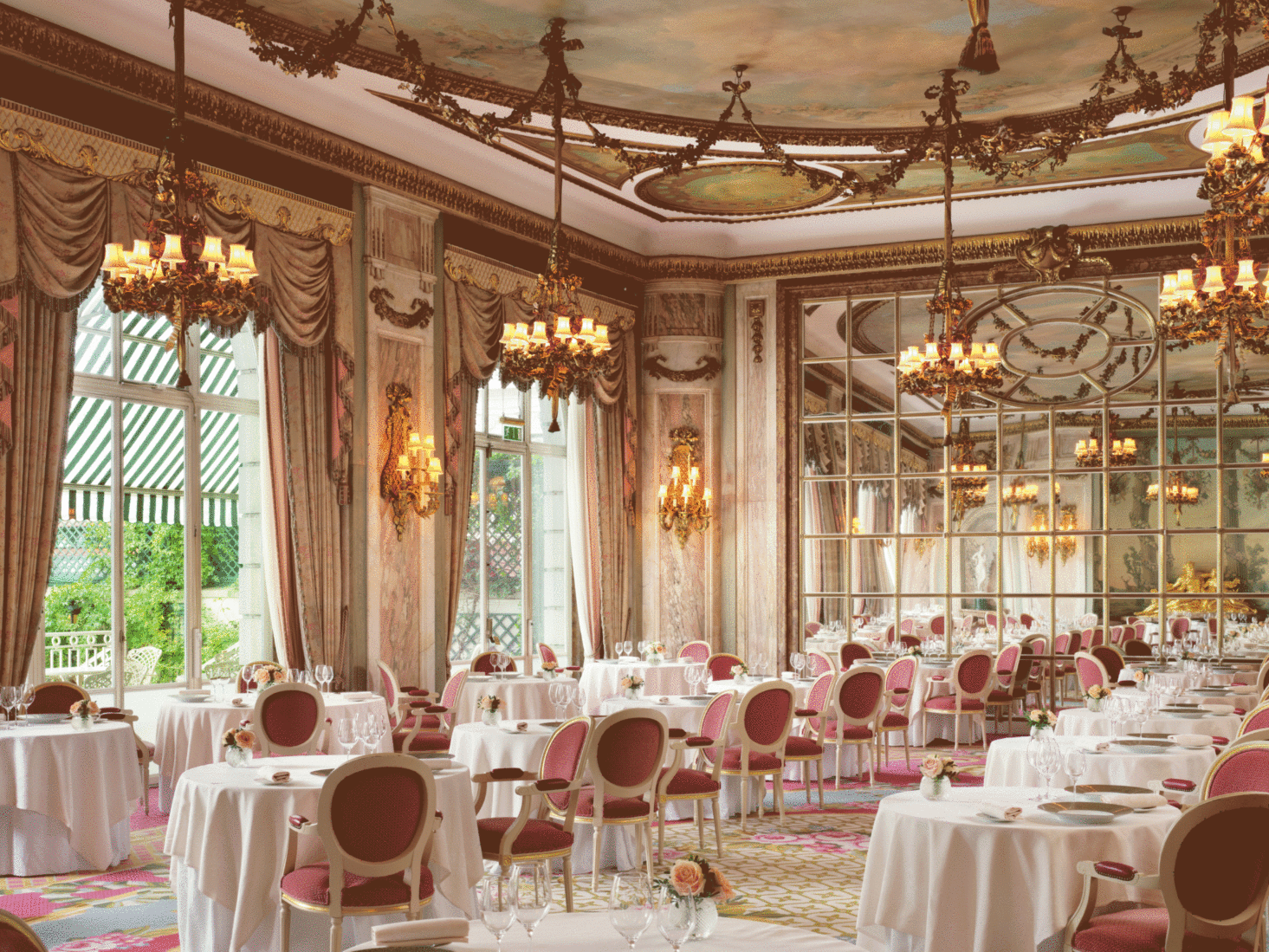
The Ritz Restaurant: Theatrical, Michelin-starred fine dining
Diners are still flocking to The Ritz London, more than a century after it opened its doors, not least because it maintains the Michelin star it won in 2016 (and most deservedly, we'd say)
It’s the expressions I enjoy the most. Some gasp, wide-eyed. Some smile. Others gaze around, taking it all in before reaching reflexively for their phones to document the moment. I arrive early for supper at The Ritz Restaurant, early enough to watch a steady stream of people arriving, delighted by the charming, old-school manner of the uniformed doorman and the double-height mirrors, glorious flowers, marble pillars and gleaming accents of gold. As for those who don’t bat an eyelid? I’m pretty sure this isn’t their first visit.
Opulent. Lavish. Glamorous. Even, one might say, ritzy. Is there another hotel that can lay claim to an adjective inspired by its very name, or which inspires such a visible reaction from those entering? The Ritz is a glorious, storied Grand Dame on the city’s five-star hotel scene, opened in the heart of Mayfair by hotelier César Ritz in 1906. The walk from the concierge desk to the restaurant takes me along a wide carpeted catwalk through the hotel’s arched Long Gallery, past the Palm Court’s fourth and final afternoon tea sitting of the day; testament to how many people want a taste of The Ritz.
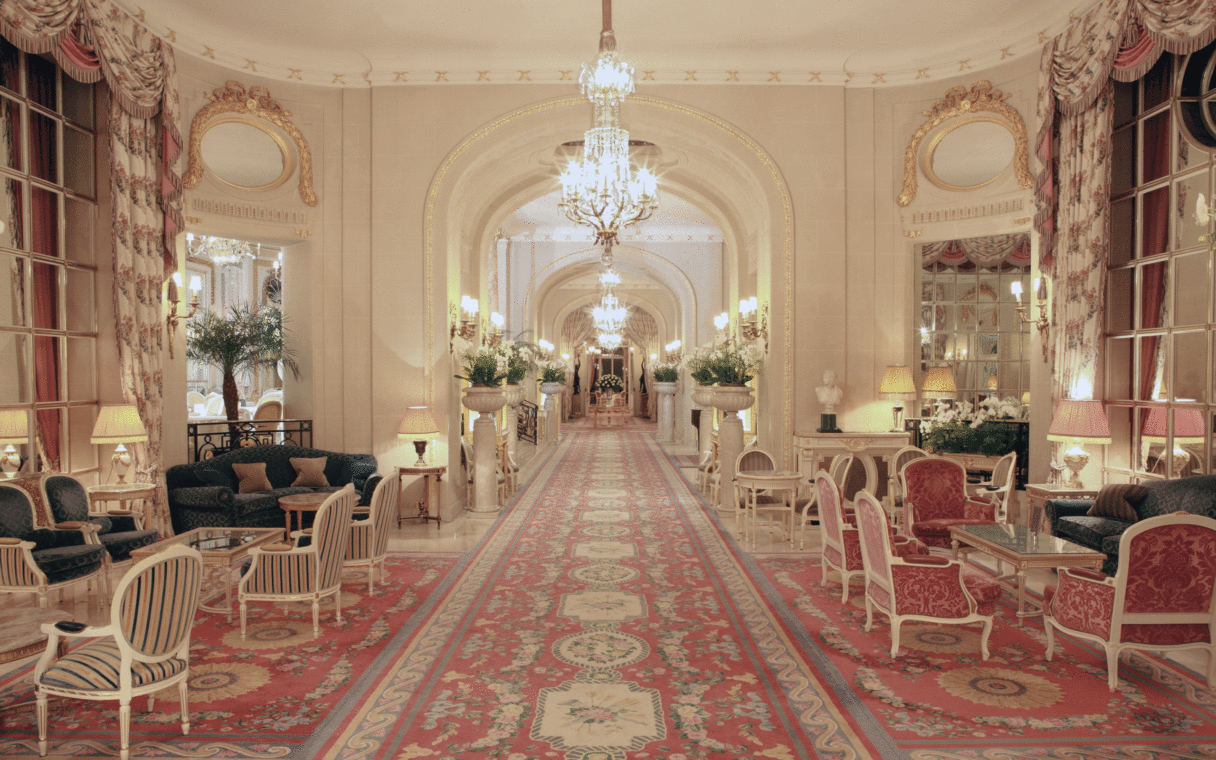
The restaurant itself makes me feel like I’m in a period drama (it’s no surprise to hear that Downton Abbey filmed a scene here): suspended gilt chandeliers, more marble pillars, elaborate ceiling murals, pristine white tablecloths and a grand piano where a singer works his way through a playlist which, of course, features Puttin’ On The Ritz, the song name taken from the colloquial term inspired by the hotel’s fashionable status in the 1920s.
I expect the food was rather fabulous prior to 2016 but that was the year in more recent history when dining stepped up a notch at The Ritz London. Its restaurant was awarded a coveted Michelin star (which it maintains to this day), which executive chef John Williams MBE deemed “the greatest honour… testament to the entire team’s dedication to delivering excellence”. As one would expect, everything is just so, in the best, Michelin-starriest way; seamless service, beautiful dining ware and well-chosen background music all play their supporting roles with aplomb, ensuring that the food and wine can take the lead and dazzle diners with their calibre.

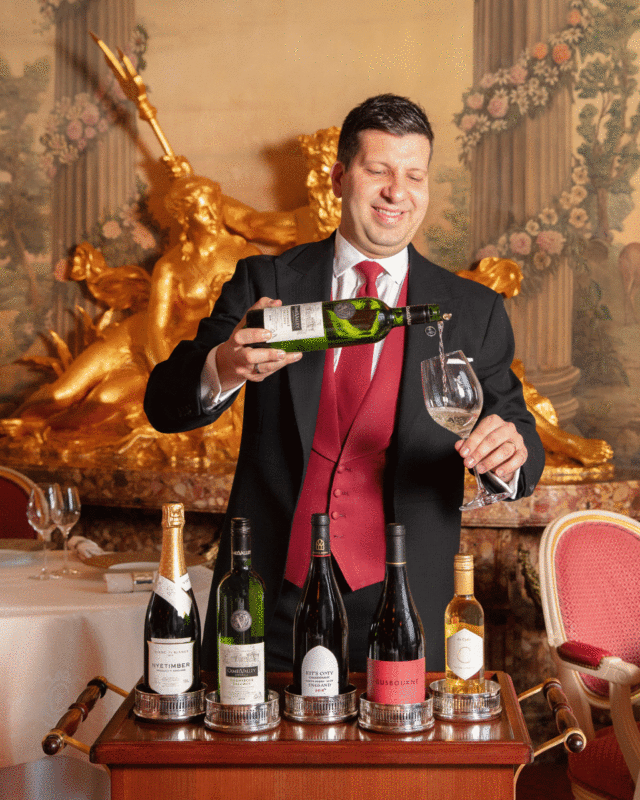
If you’re part of a group of six or fewer, you can enjoy the a la carte menu or a three-course tasting menu designed to showcase the skill of Williams and team. Dishes, like the Dorset crab, are pretty as a picture (and taste even better), placed at the table in unison by a synchronised chorus of waiting staff. Evidence of The Ritz’s support of local farmers and food suppliers in the UK comes in the form of Suffolk and Lake District lamb, Norfolk chicken, lobsters fresh from Scotland and beef from the Cornish moors. We’re captivated by bite-sized, glossy, geometric canapés in hues of beetroot and cream, and the succulent veal anointed by our waiters with not one but two sauces. More often that not, there are dishes that look too good to eat (and which phone cameras absolutely don’t do justice).
The sommeliers at The Ritz take their job – of ensuring the wine they serve is on a par with the restaurant’s exceptional food – seriously. There’s no question they are unable to answer and they cater thoughtfully to non-drinkers too, with a full non-alcoholic wine pairing menu. In keeping with the spectacle of the evening, a jeroboam of red arrives on a trolley and is poured there and then (later, at the end of the meal, the tea trolley is even more theatrical).
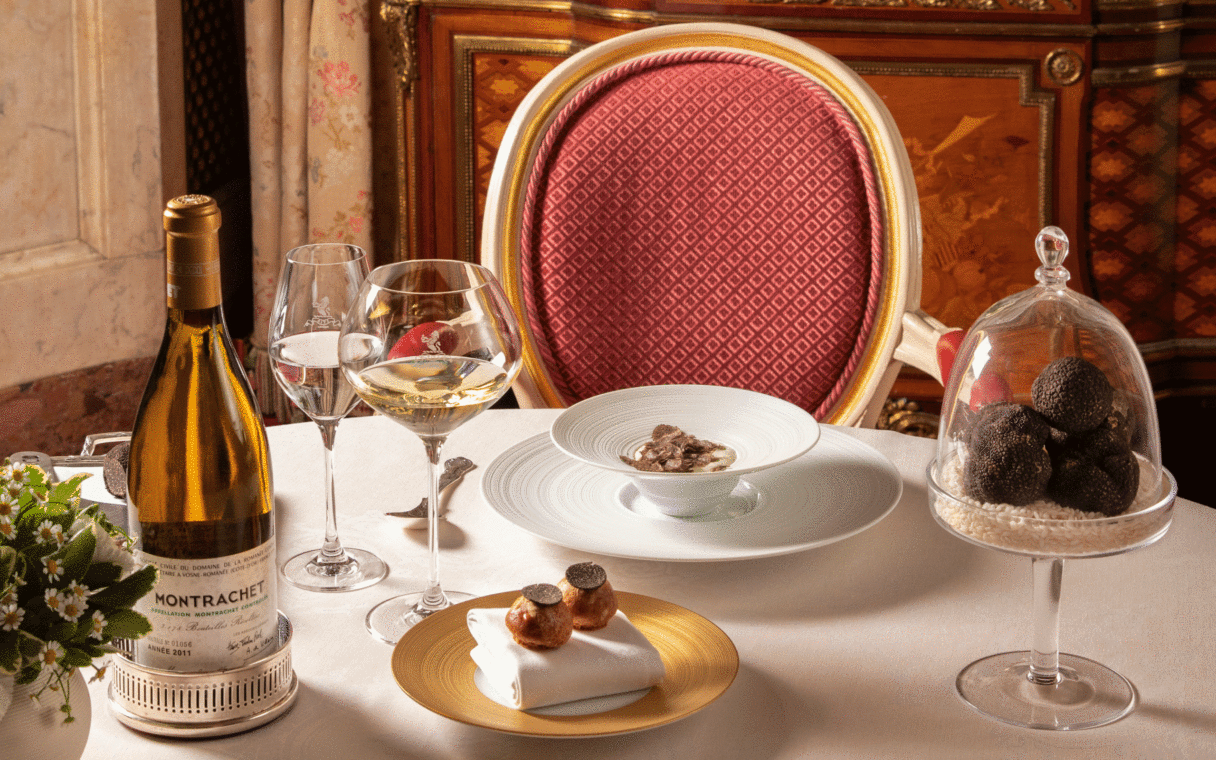
There’s also the tempting option, if all diners can agree to enjoy the same dishes, of the four-course Arts de La Table menu. The Ritz team says it “displays the perfect harmony between the kitchen and service”, and I’d add that it showcases traditional table-side service with finely honed panache. I know this because, as we finish the savoury act of the meal, a blaze of flame bursts into the air next to a table across the room.
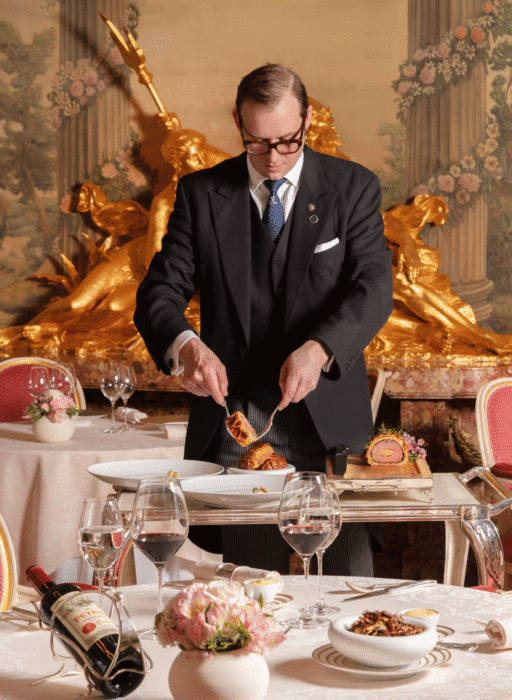
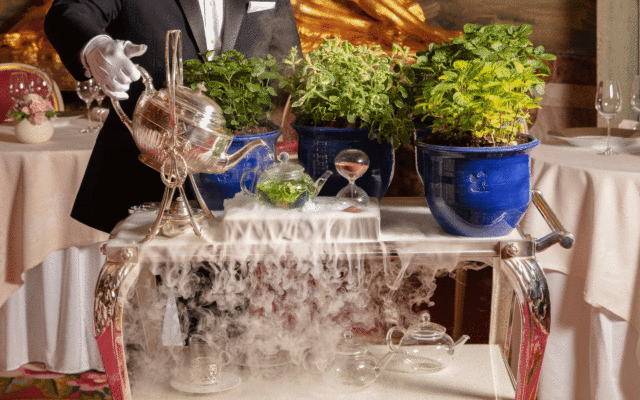
The diners are delighted and the waiters nonplussed, so this can only mean one thing: Crêpe Suzette, flambéed in a mix of Cointreau, Grand Marnier and brandy, with an orange and butter sauce. Although generally better not to dwell on the quantities of sugar in that sauce, it’s prepared with flair before our eyes and this theatrical element reminds me of an unforgettable meal at Epicure in Paris hotel Le Bristol. Yes, the dining and wine must be fine, to result in something that becomes an unforgettable meal, but the serving staff must also be so much more than waiters: they are setters of scenes, creators of atmosphere and tellers of stories.
This particular tale, delivered by our charming waiter with what feels like genuine delight, concerns the most well-known version of the Crêpe Suzette story. In his memoir, chef Henri Charpentier recounted an evening in the Café de Paris in Monte Carlo in 1895. Then just 15, Charpentier was waiting on the Prince of Wales, the eldest son of Queen Victoria and the future King Edward VII, who was dining with a group of friends. Crêpes were usually served at the table in a liquor-laced orange sauce and, when they unexpectedly caught fire, Charpentier realised the pancakes tasted even better. They are said to be named Crêpe Suzette after a woman in the Prince’s party.
Yes, The Ritz's Crêpes Suzette are delicious (I am sure in equal part due to the chefs’ skills and the quantity of butter and sugar) but I’ll remember them as much for their taste as for the decadent scene created just so they, and their origin story, could shine.
Visit theritzlondon.com
